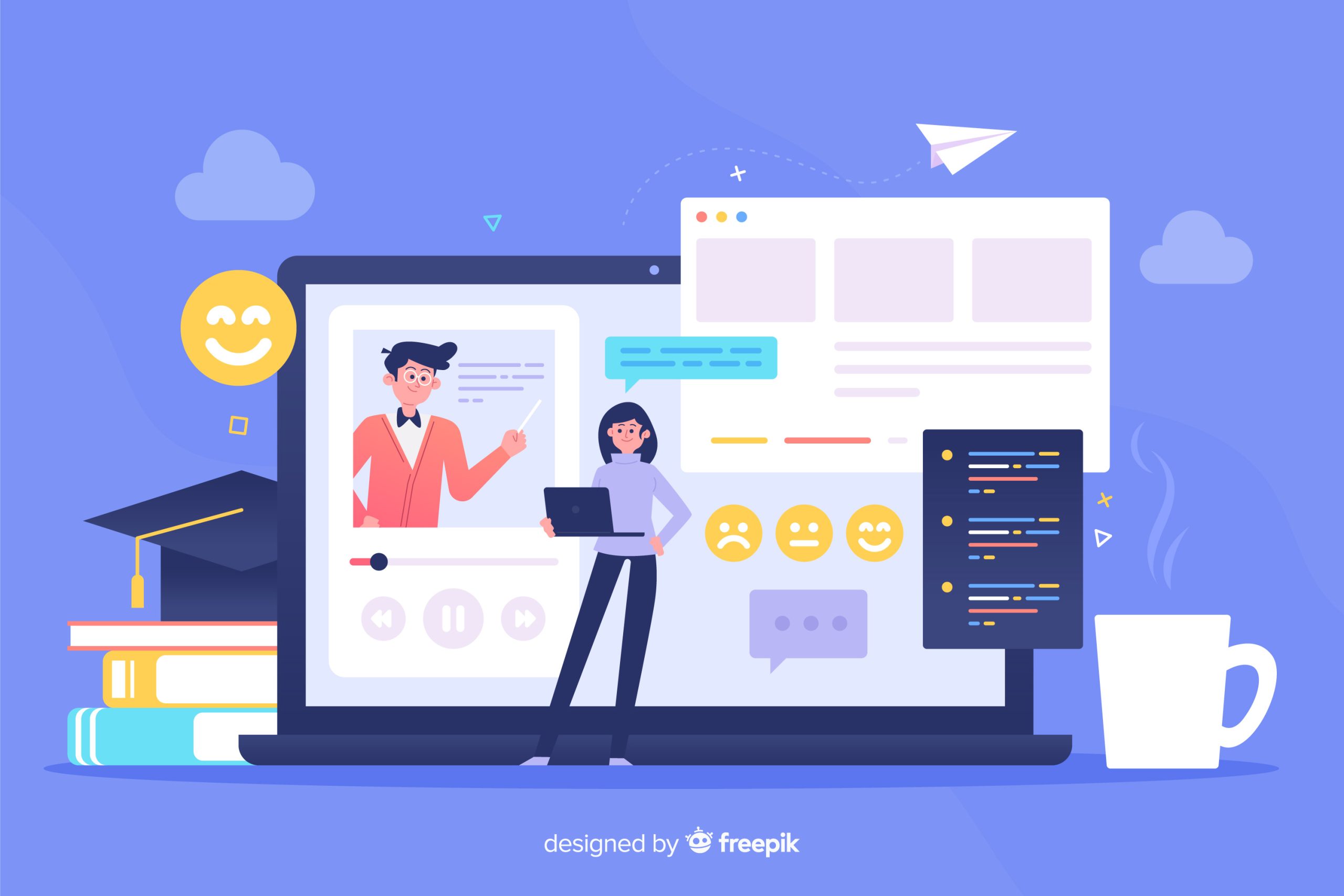In today’s fast-paced digital world, e-learning has emerged as a critical asset for businesses aiming to upskill their workforce efficiently. Learning Management Systems (LMS) and Learning Experience Platforms (LXP) are two popular models that have revolutionized the way organizations approach digital learning. While both serve the purpose of delivering educational content, they have distinct features and functionalities that cater to different learning needs. Understanding these key aspects can help businesses leverage these platforms effectively, ensuring maximum impact on their workforce’s learning journey.
An LMS is designed as a centralized hub where educators can manage, deliver, and track learning progress. One of its core benefits is the ability to host various course materials, from documents to video content, making it excellent for structured training programs. Administrators can assign courses to individuals or groups, monitor their progress through detailed reporting, and ensure compliance with necessary certifications. This controlled environment is particularly beneficial for organizations that require standardized training and need to analyze learning outcomes comprehensively.
On the other hand, a Learning Experience Platform (LXP) focuses more on personalizing the learning experience, which is increasingly becoming a priority in today’s diverse work environments. LXPs leverage advanced algorithms to recommend content based on personal preferences, career goals, and learning habits. This approach enhances learner engagement by offering a more tailored educational experience, encouraging self-paced learning and exploration. LXPs often integrate various types of content, from company-created materials to external resources like articles, podcasts, and videos, fostering an ecosystem of continuous, learner-driven education.
The integration of LMS and LXP can greatly enhance the e-learning experience by combining their unique strengths. While LMS provides robust administrative control and structured learning paths, LXP introduces flexibility and personalization, creating a more holistic learning environment. This combination allows organizations to cater to a broader range of learning styles and objectives, from those requiring strict performance tracking to individuals seeking personal growth and skill expansion. By utilizing both platforms, businesses can create a comprehensive learning strategy that adapts to the dynamic needs of modern employees.
Implementing LMS and LXP models brings several benefits that directly impact business performance. Improved employee skills directly translate into increased productivity and innovation. With an LMS, companies ensure that all employees receive consistent training aligned with organizational goals. Moreover, LXPs enable employees to explore content beyond required courses, which can lead to the discovery of new areas of interest and potential career advancements. This dual approach supports a culture of learning within the organization, promoting continuous improvement and adaptability.
Another significant advantage of these e-learning platforms is their scalability. Businesses of all sizes can implement LMS and LXP solutions tailored to their specific needs, allowing for seamless growth and adaptation over time. As the workforce expands, so does the demand for training and development. These platforms provide a sustainable solution by offering the necessary infrastructure to support ongoing education initiatives. Plus, the data analytics tools integrated within LMS and LXP systems provide invaluable insights, enabling organizations to refine their learning strategies based on real-world feedback and outcomes.
To maximize the potential of LMS and LXP, organizations should focus on aligning their e-learning strategies with business goals and cultural values. Engaging stakeholders from various departments can ensure the learning content is relevant, forward-thinking, and closely tied to the company’s objectives. Regularly updating learning materials and leveraging feedback from employees will keep the content fresh and engaging. Ultimately, the goal is to foster an environment where continuous learning is not just a mandate but a valued aspect of the company culture.
In conclusion, unlocking e-learning success requires an understanding of the distinct yet complementary roles that LMS and LXP play in modern education. By strategically integrating these platforms, businesses can provide a rich, flexible, and impactful learning experience that drives both personal and organizational growth. Whether through structured compliance training or personalized learning journeys, these tools serve as a powerful foundation for developing a skilled, motivated, and future-ready workforce. Investing in these technologies might just be the key to maintaining a competitive edge in today’s ever-evolving business landscape.
